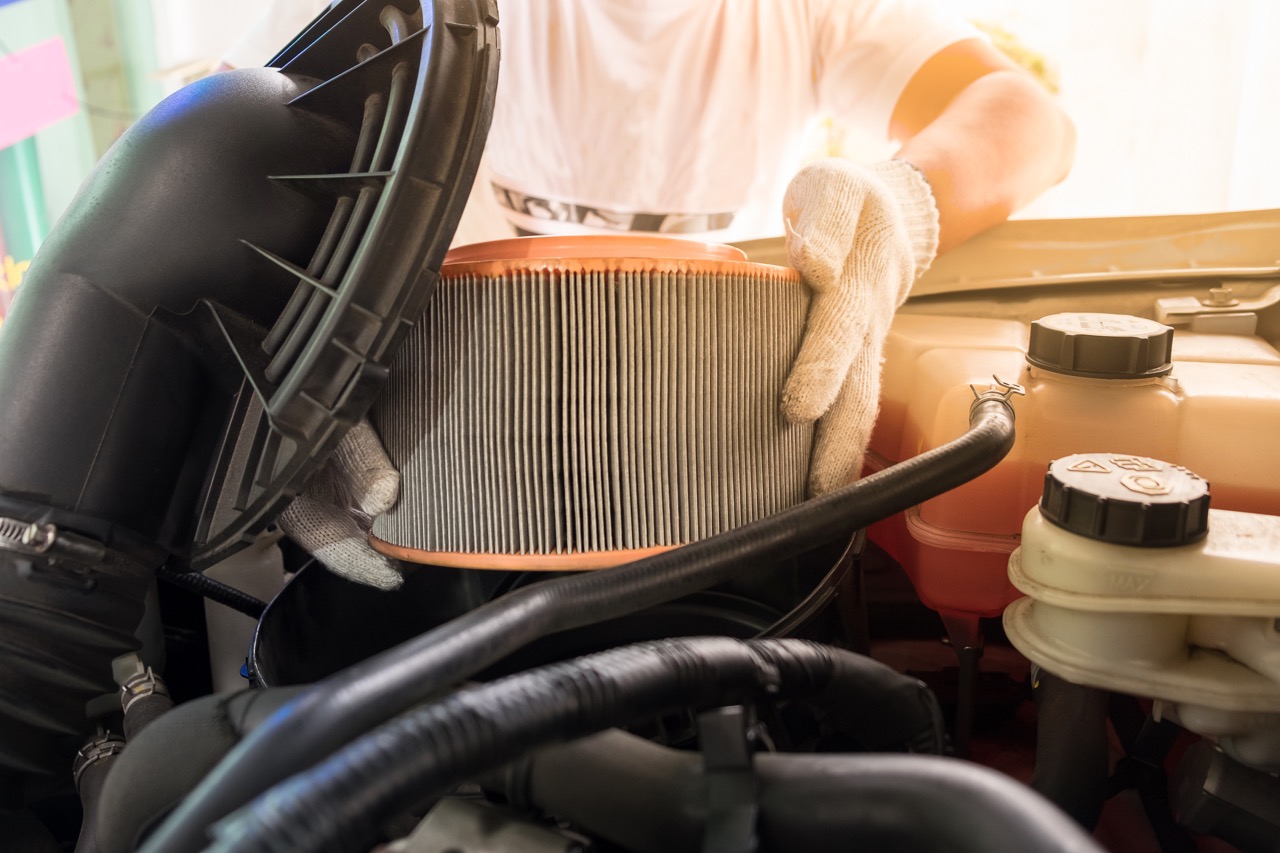
Let’s face it, we love our cars but most of us don’t know the first thing about them. We know how to put gas in them and where the windshield wipers are but when it comes to more complex issues, we’re at a loss. However, just like our bodies, our vehicles need regular check-ups to prevent bigger problems down the road.
What is a Tune-Up?
During a tune-up, the mechanic will usually check the following:
- Engine oil level and quality
- Tire pressure and tread depth
- All fluid levels
- Brake pads
- Spark plugs
- Battery health
- Exhaust system
- Suspension components
The mechanic may also make some adjustments, such as to the timing or idle speed. They will also inspect the drive belts and hoses for any wear and tear. If any repairs are needed, they will be made at this time.
Are Winter Tune-Ups Different?
Yes, winter tune-ups are typically different from summer tune-ups. This is because vehicles need different care in winter due to the cold weather and road conditions. During a winter tune-up, the experts at Master Muffler Provo will likely pay special attention to the battery and charging system, as well as the antifreeze level and condition of the engine coolant. They might also add wiper fluid with antifreeze to help prevent freezing. Heated seats and mirrors may also be checked and repaired if necessary. Winter tires may also be installed during a winter tune-up.
Signs Of Trouble in a Vehicle
Here are five signs Master Muffler Provo suggests looking for that might indicate it’s time for a tune-up:
- Your “check engine” light is on – This is probably the most obvious sign that something is wrong with your vehicle. The “check engine” light can indicate a variety of issues so it’s best to take your car in for a look.
- Your car is making strange noises – If you notice any strange knocking, clicking, or grinding noises coming from your vehicle, it’s time to take it in for a tune-up. These noises can indicate serious problems with your engine or other components of your vehicle.
- You’ve been having trouble starting your car – If you turn the key and nothing happens or if it takes longer than usual for your car to start, this could be an indication that your battery needs to be replaced or that there are other issues with your electrical system.
- Your mileage has decreased – If you’ve noticed that your gas mileage has decreased significantly, this could be due to a number of factors such as old spark plugs, dirty fuel injectors, or low tire pressure. All of these issues can be addressed during a tune-up.
- You haven’t had a tune-up in a while – Even if you haven’t noticed any of the above problems, it’s still important to get regular tune-ups for preventative maintenance. Depending on your driving habits and the make/model of your vehicle, most mechanics recommend getting a tune-up every 30,000 miles or so.
Tips for Maintaining Your Vehicle
Of course, the best way to avoid car troubles altogether is to take good care of your vehicle on a daily basis. Here are some tips for keeping your car running smoothly between tune-ups:
- Read your owner’s manual – This might seem like common sense but you’d be surprised how many people never even crack open their owner’s manual. Your owner’s manual will have specific instructions on how often to change your oil, rotate your tires, etc. Following these guidelines will help extend the life of your vehicle and prevent major problems down the road.
- Drive safely and responsibly – This might seem like another no-brainer but driving aggressively puts unnecessary wear and tear on your vehicle. Not to mention the fact that it increases your chances of being in an accident! By driving calmly and obeying all traffic laws, you can help keep yourself and your vehicle safe while also preventing long-term damage to your car.
- Keep an eye on your tire pressure – Cold weather can cause your tires to lose pressure, which can impact your gas mileage and make it harder to control your car on slick roads. Be sure to check your tire pressure regularly and fill them up when necessary.
- Get your battery tested – Utah’s winter weather can be tough on your battery, so it’s a good idea to get it tested before the winter months set in. That way you’ll know if it needs to be replaced and won’t be stuck with a dead battery in the middle of a snowstorm.
We hope this helps you gain more confidence when it comes to caring for your vehicle.
Related Posts
As an EV owner, understanding your vehicle's battery is critical. From its capacity to its lifespan, and everything in between, we'll guide you through what you need to know to optimize your EV experience. So buckle up and get ready - we're about to shed some light on the electrifying world of EV batteries. What [...]
If your car is running hot, it can be a sign that something’s not right with your engine. Fortunately, diagnosing the cause of an overheating engine isn't too difficult if you know what to look for and how to address it. Keep reading if you want to learn the most common issues that occur when [...]
Your vehicle's exhaust system serves a critical role in managing the byproducts of the combustion process and ensuring optimal engine performance. The appearance of colored smoke from the exhaust pipe, either when stationary or accelerating, can provide valuable clues to underlying mechanical issues. What is a car exhaust? A car exhaust is a system [...]





